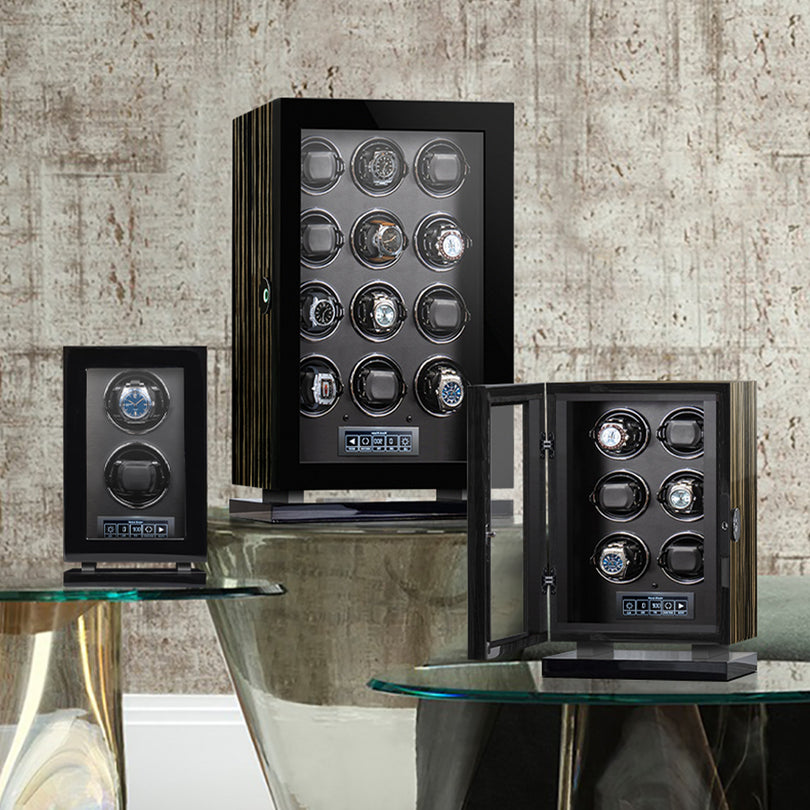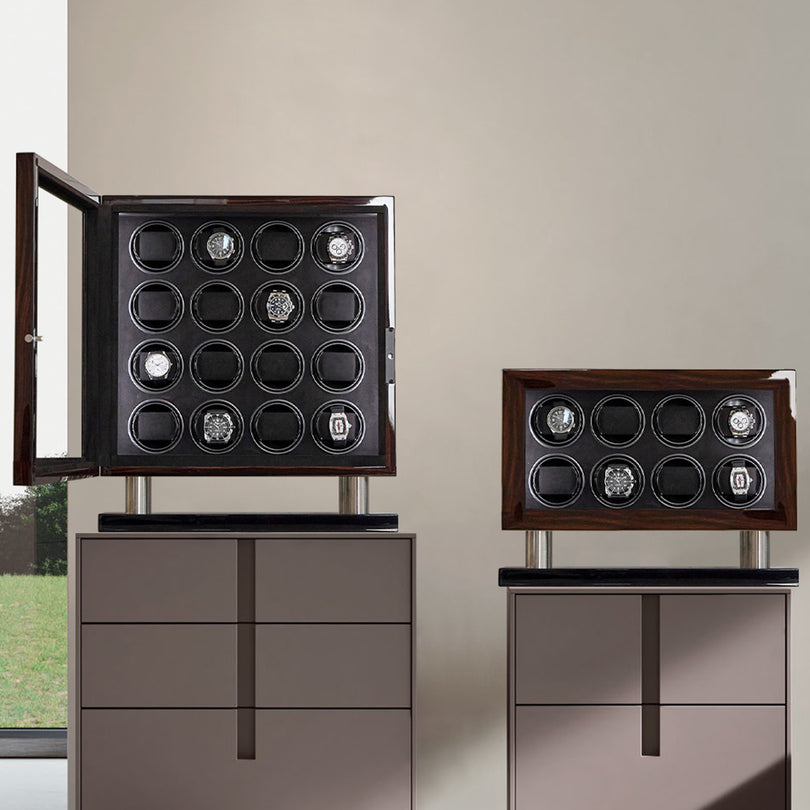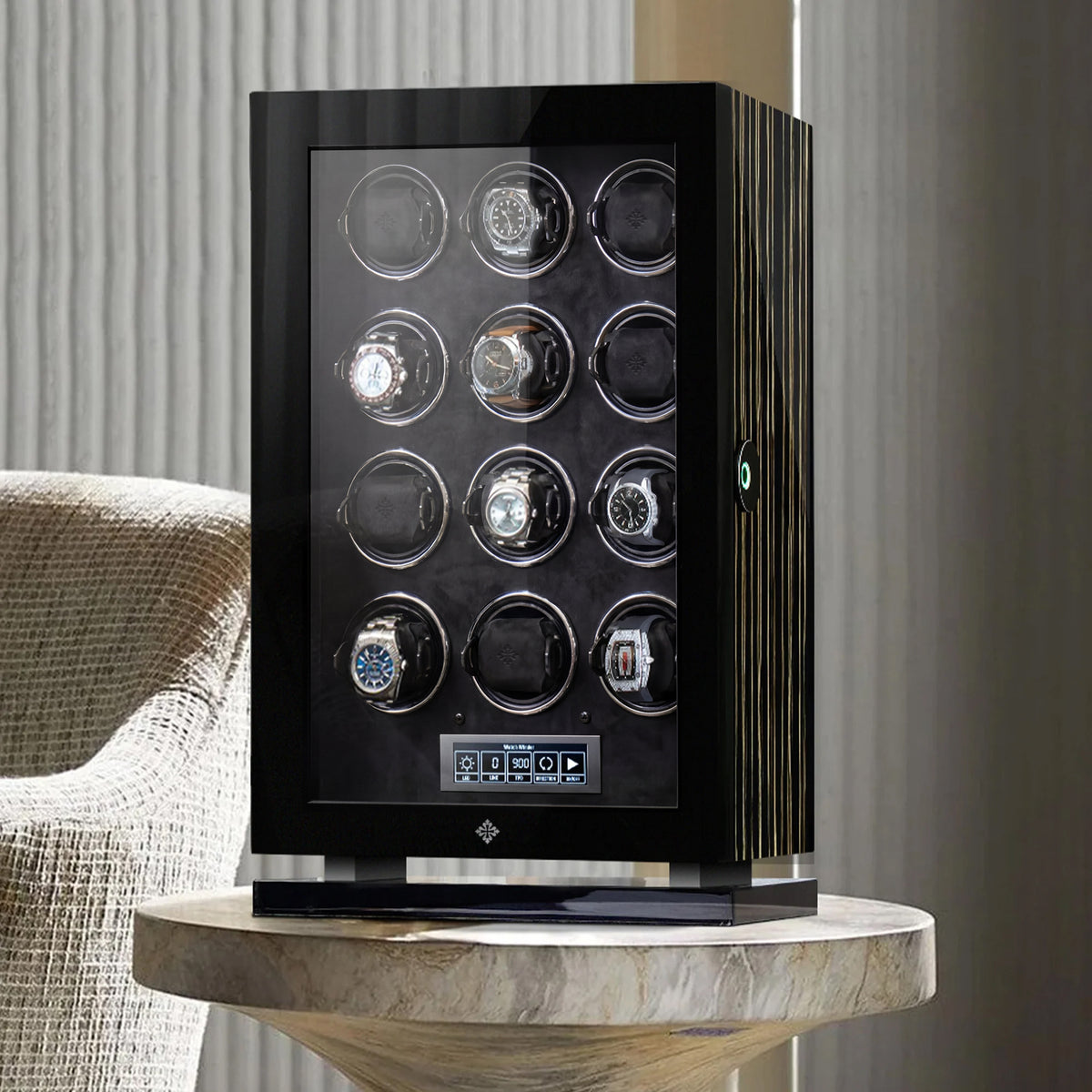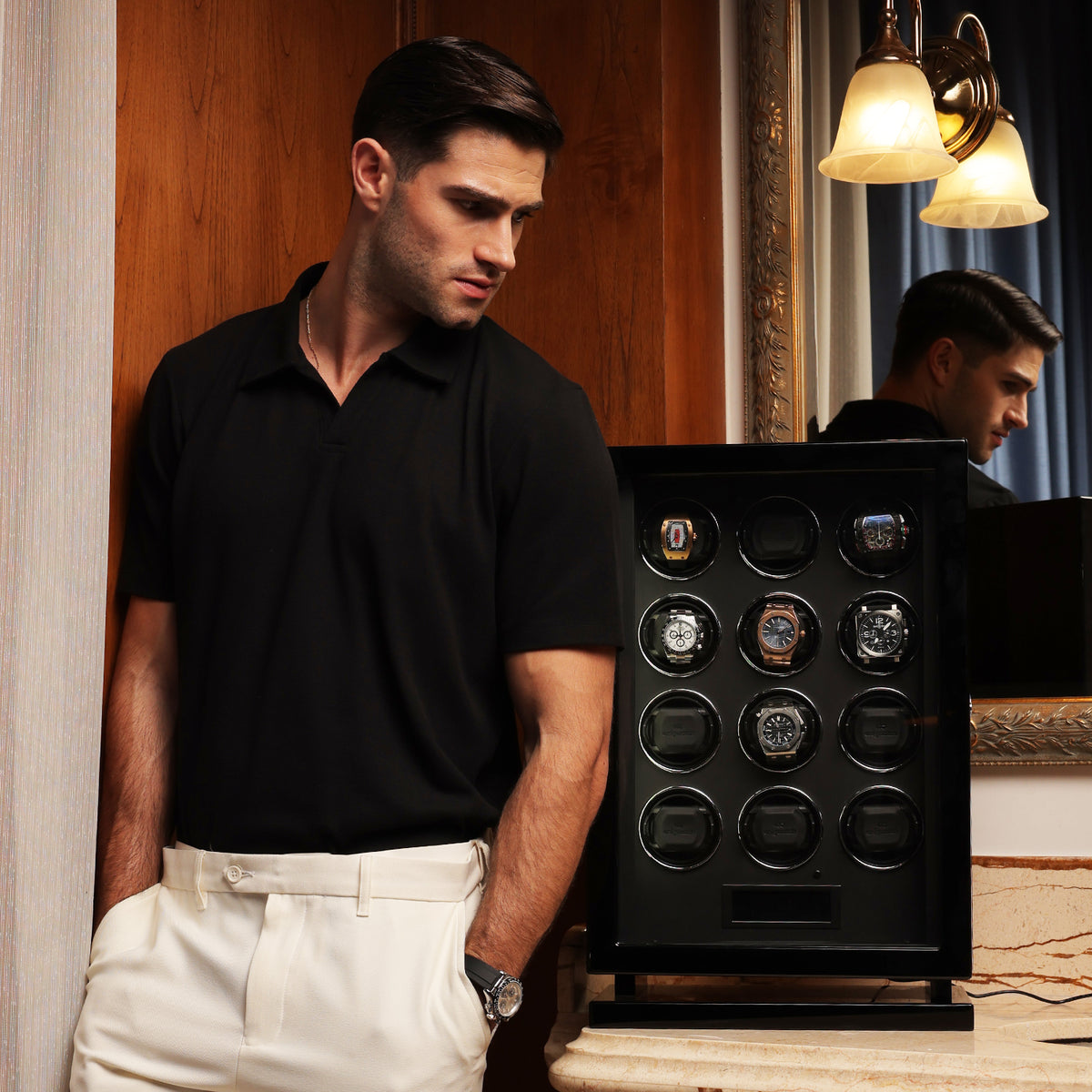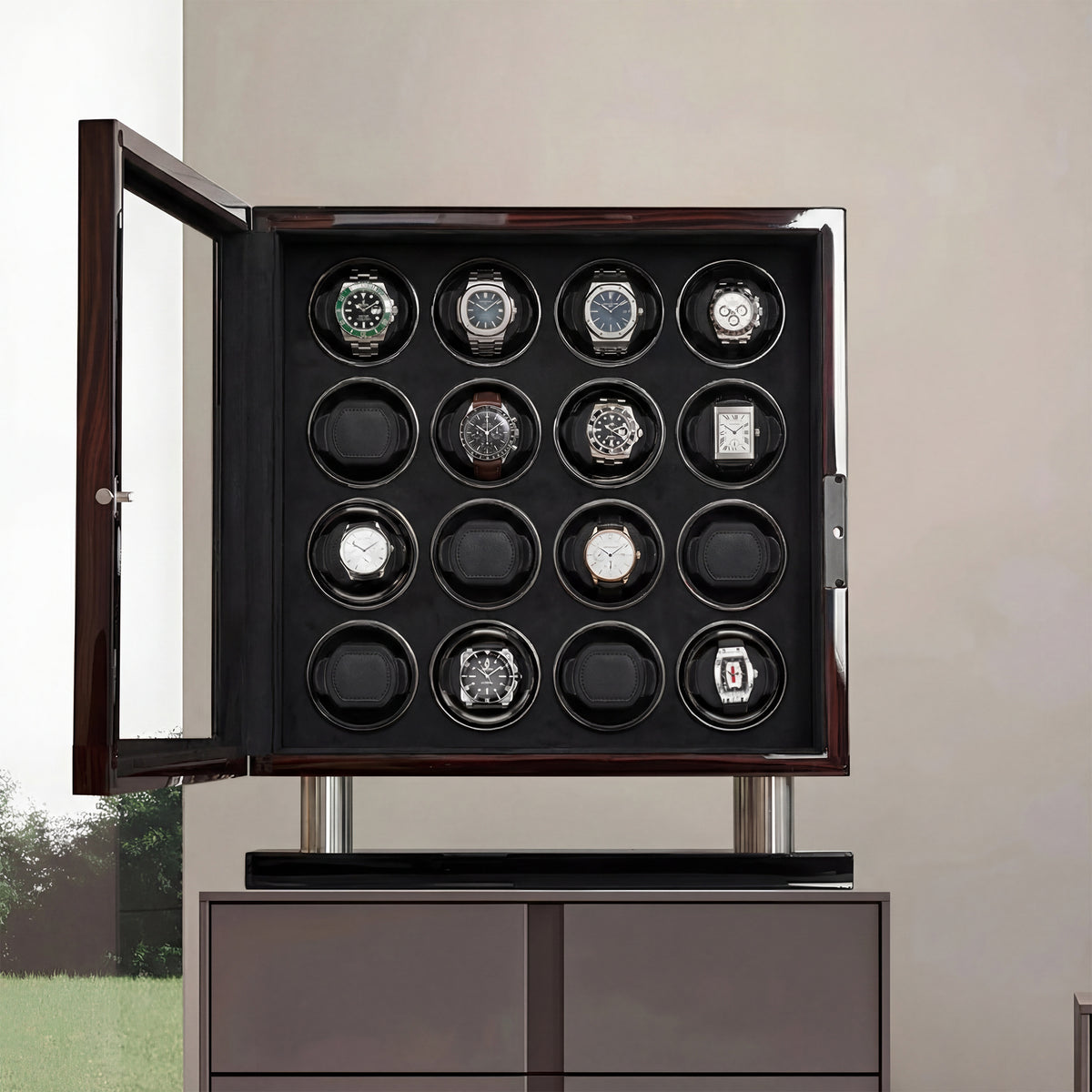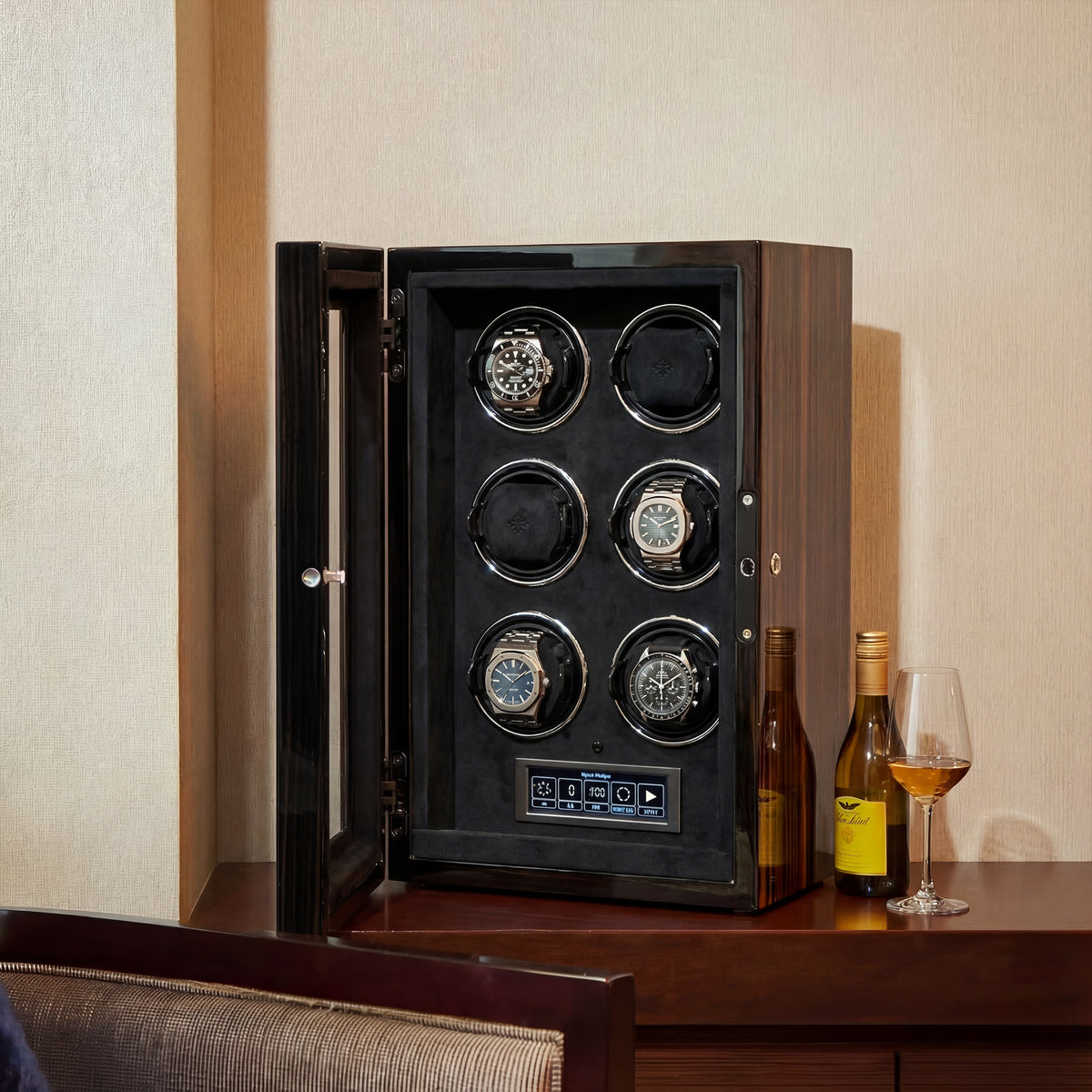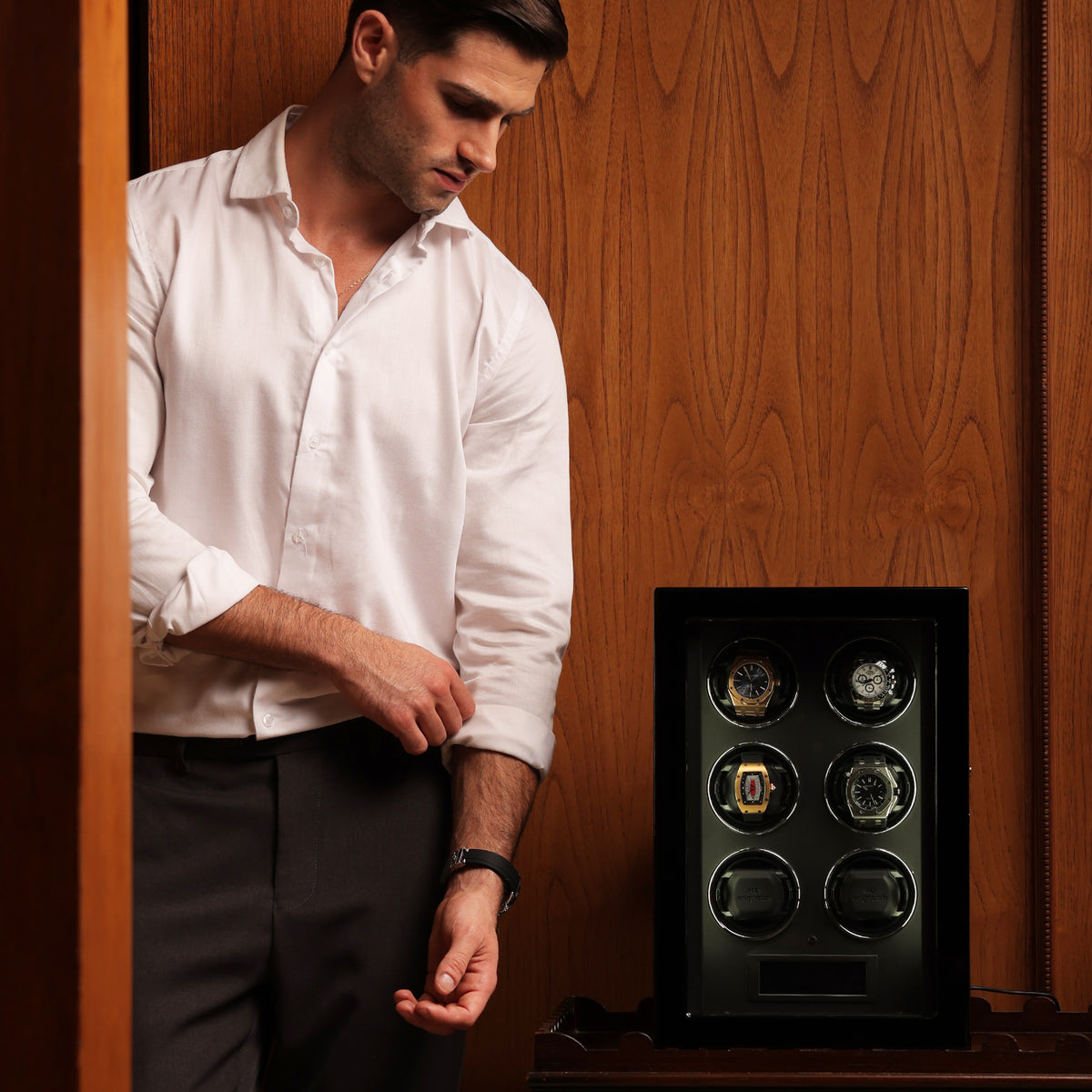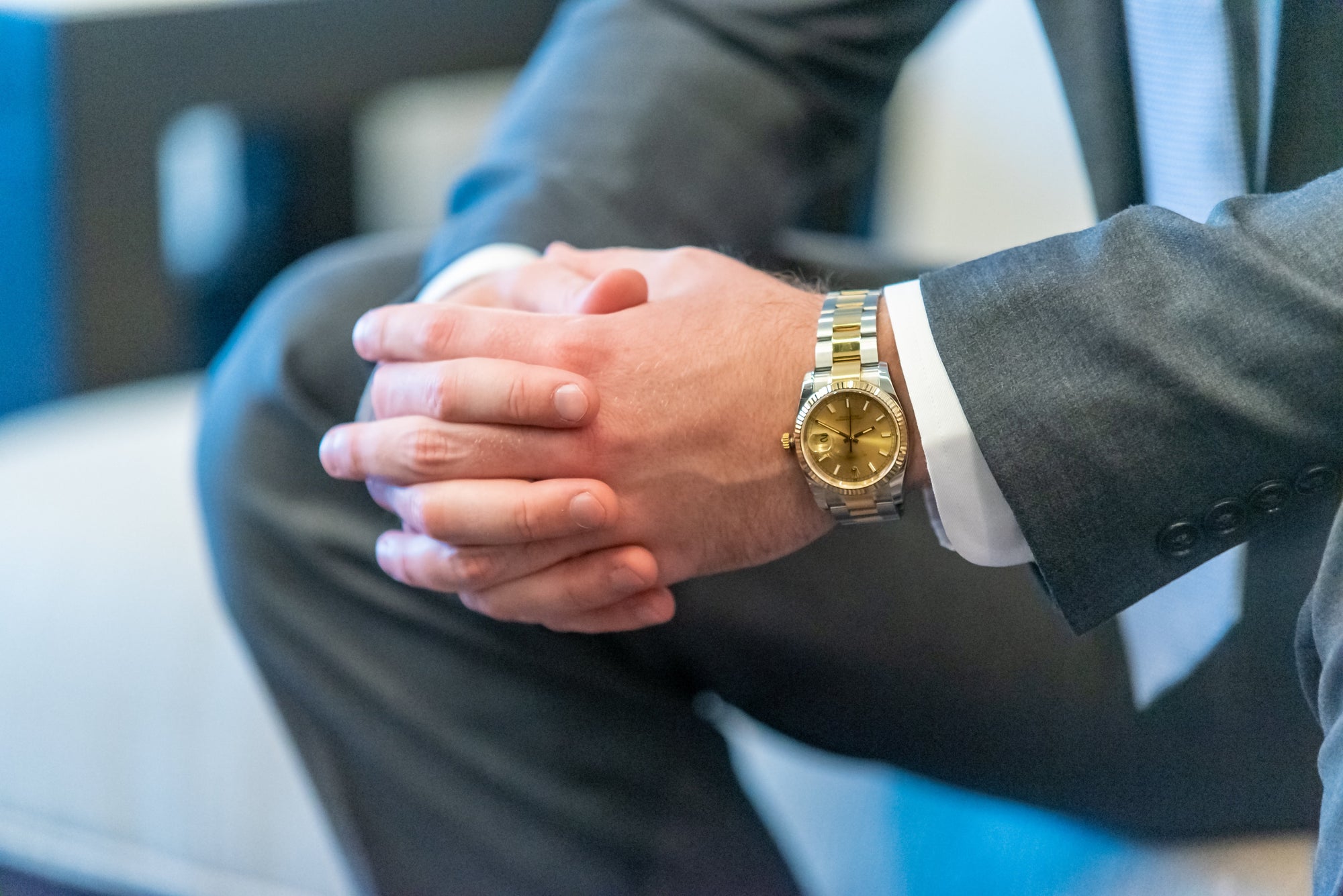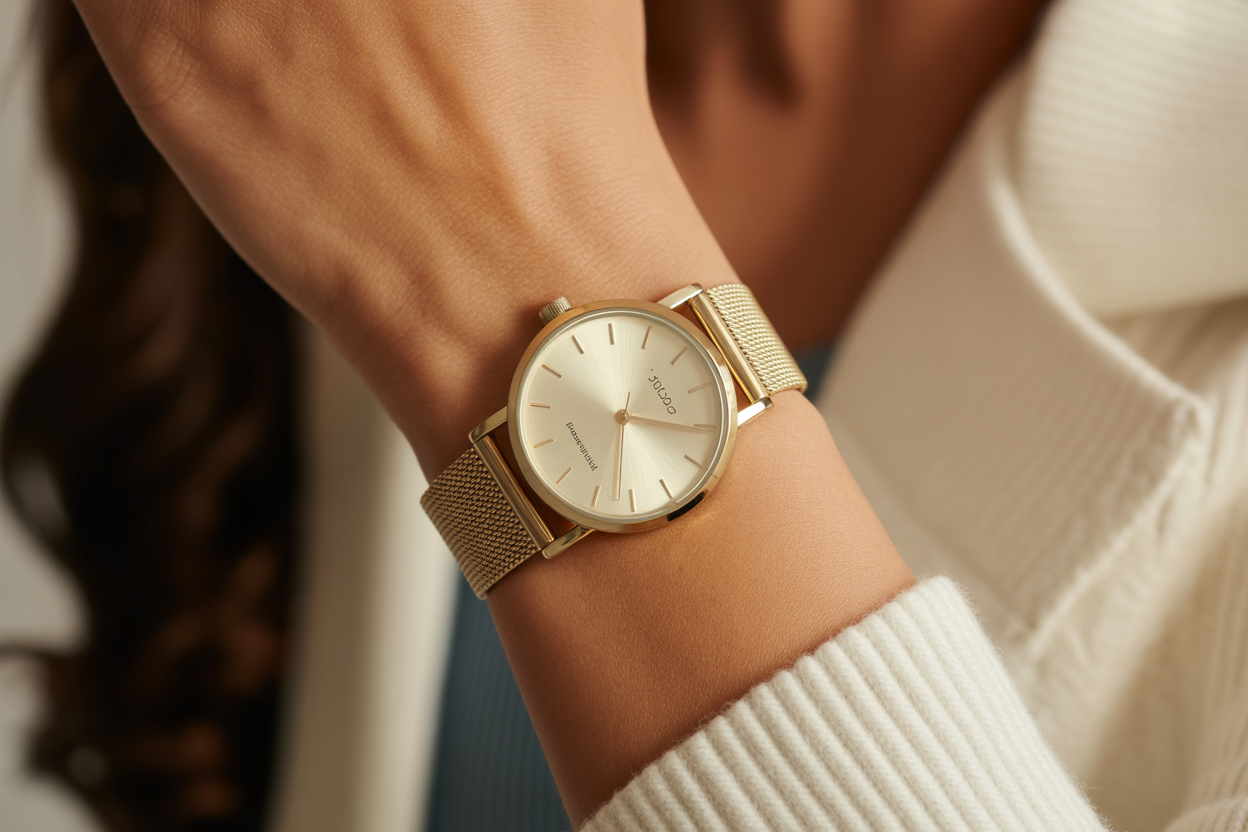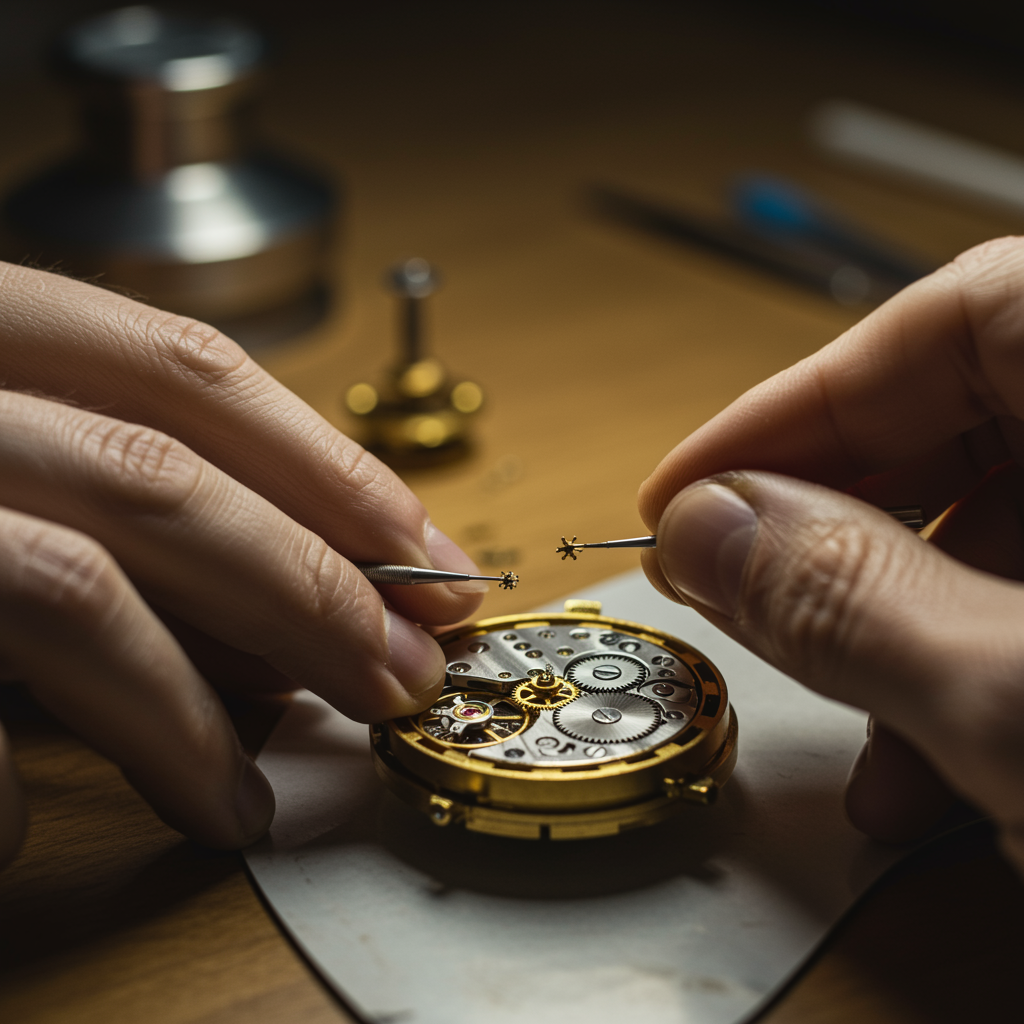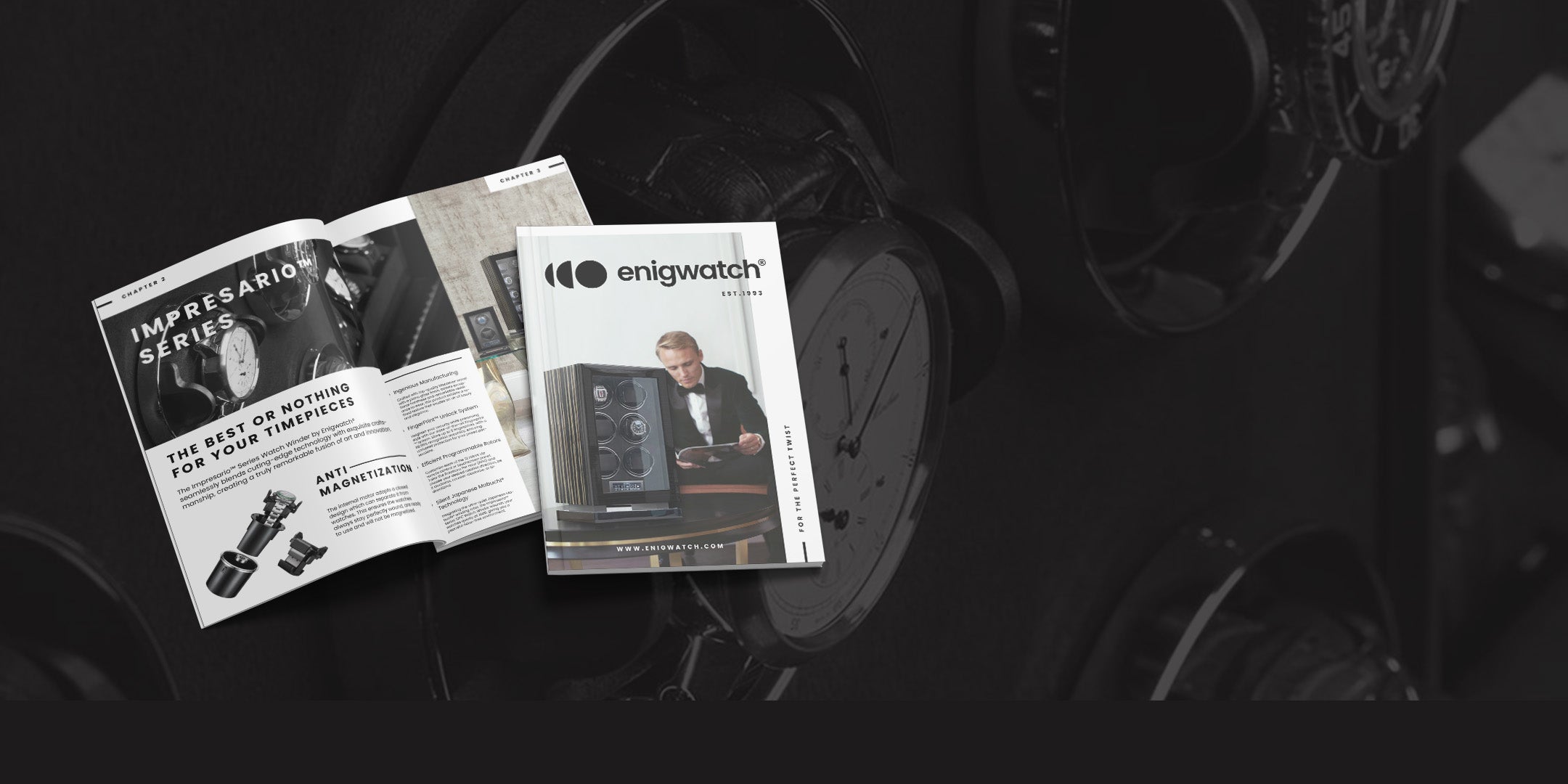Time is precious, much like those exquisite timepieces you've collected over the years. If you're a watch aficionado, then ensuring the safety of your collection is paramount. Before you take the leap and purchase a safe box, consider the following pointers, designed especially for watch enthusiasts:
Things You Need to Consider Before Purchasing Watch Safe Box
1. Size & Capacity
How many watches do you currently have, and do you anticipate expanding your collection? Make sure the safe box can accommodate your current collection and has room for a few more additions. This avoids the inconvenience of having to upgrade soon.
2. Watch Winders
As any watch lover knows, certain timepieces, especially automatic watches, need to keep moving. Consider a safe that integrates watch winders to ensure your watches remain functional and accurate.
3. Security Features
Beyond a sturdy lock, think about biometric features such as fingerprint recognition. In today's tech age, high-quality safes also offer digital locking mechanisms and even alarms.
4. Climate Control
Watches, particularly those of luxury make, require a controlled environment to maintain their precision and aesthetics. Some safes offer built-in humidity and temperature control which can be invaluable for preserving leather straps and internal mechanisms.
5. Fire and Water Resistance
Accidents happen. Make sure the safe box you choose can withstand fire and water damage to protect your precious timepieces from unforeseen disasters.
6. Material & Craftsmanship
A good safe box should be robust and durable. Look for materials like thick steel and a door that’s hard to pry open. Also, since we're talking about watches, aesthetics matter. Choose a safe that complements the elegance of your collection.
7. Budget
High-quality safes can be pricey, but remember: you're protecting a potentially even pricier collection. It’s an investment in the security and longevity of your watches.
Now, if you're wondering where to find such a meticulous blend of security and style for your watches, I'd recommend taking a gander at the watch safe boxes from EnigWatch. Not only do they tick all the boxes mentioned above, but they also exude the sophistication that your timepieces deserve.
Watch Safe Box Recommendation
Apollo Safe Box - Brown

Meet the Apollo Safe Box: the ultimate blend of luxury and security for your prized watches. With 12 elegant slots, it provides a haven for each timepiece.
Highlights:
- Superior Security: Features flood defense, anti-drill resistance, and a dual alarm system. Accessible via key, password, or cutting-edge FingerPrint™ recognition.
- Whisper-Quiet: Uses the renowned Japanese Mabuchi® Rotor, operating silently at just 10dB.
- Exquisite Design: A timeless brown finish, combined with a plush leather interior and durable S400 steel plate craftsmanship.
- Tech-Ready: Store up to 6 unique passwords for tailored access.
Protect your watches with the Apollo Safe Box: where elegance meets unbeatable security.
CENTENNIAL™ Bulletproof
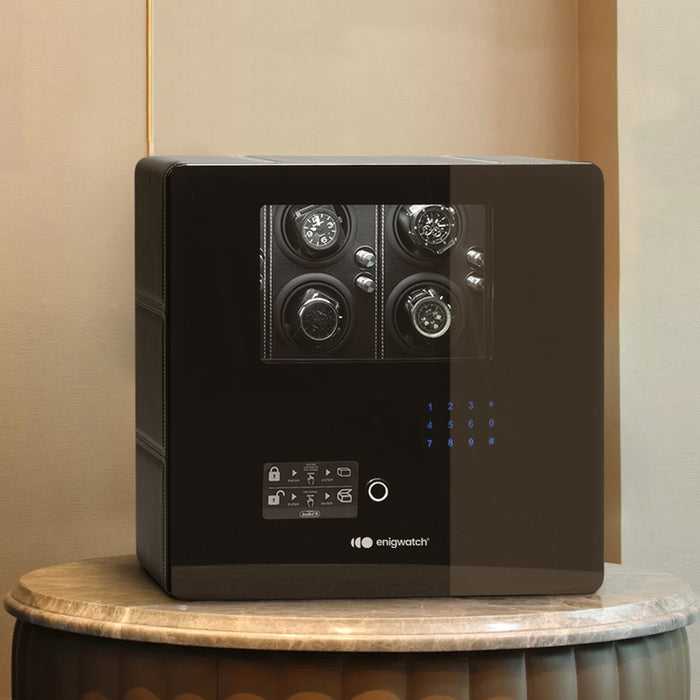
The CENTENNIAL™ Safe Box is a stylish and high-tech solution for safeguarding your watches and valuables. Highlights include:
- Customizable Winding: 12 rotors with 4 settings, adjustable via touchscreen or buttons.
- Solid Security: Made of sturdy steel with Level 1 bulletproof and 2-hour fire-resistant glass.
- Multiple Access: Use a passcode, fingerprint, access card, or key. Comes with an advanced alarm for extra safety.
- Silent Operation: Japanese Mabuchi® rotor ensures a quiet 10dB rotation.
- Ample Storage: 12 watch slots and 2 compartments for other valuables.
- Sleek Design: Black faux leather exterior and interior with a motion-triggered LED light.
In essence, the CENTENNIAL™ isn't just a safe; it's a blend of modern tech and elegance, perfect for showcasing and protecting your prized collection.
Veron Elite™

The Veron Elite™ is more than a safe box. It's a blend of modern tech and luxurious design, perfect for showcasing and protecting your watch collection. Key features include:
- Multiple Storage: Wind your watches, use drawers, or a spacious compartment.
- Top Craftsmanship: Built from carbon alloy steel with a glossy finish and microfiber leather.
- Enhanced Security: A three-layer structure for improved anti-theft, with an embedded panel design.
- Advanced Locking: Touch electronic lock with voice prompts and fingerprint access.
- Fireproof: Certified to keep inside temperatures below 150°C, even in fires up to 1010°C.
- Quiet Operation: Japanese Mabuchi® rotors ensure your watches wind silently at just 10 dB.
Simply put, the Veron Elite™ is luxury storage for those who cherish their timepieces. Elevate your watch display and protection with this innovative solution.


